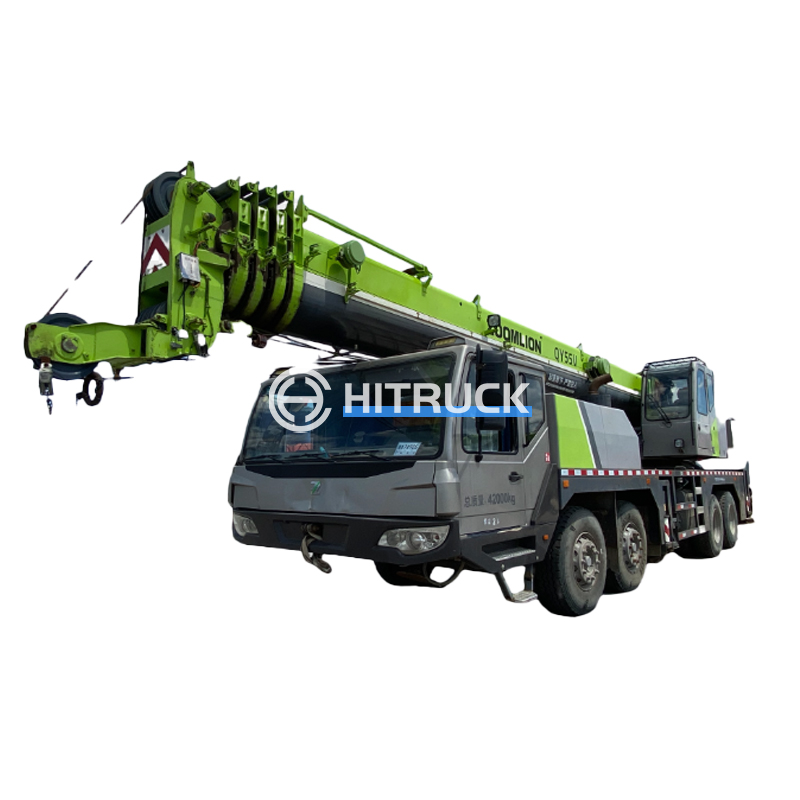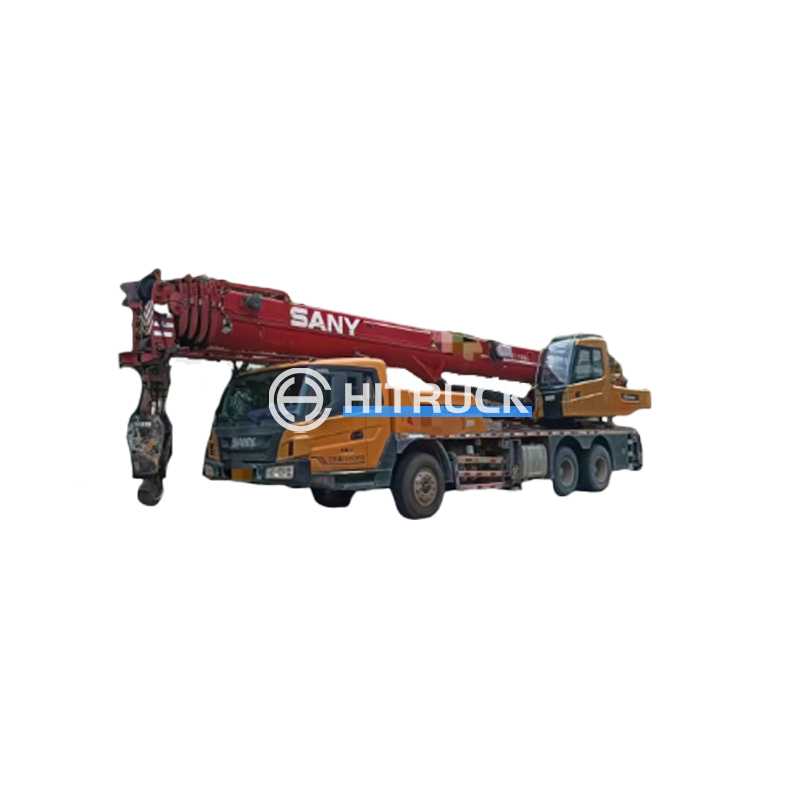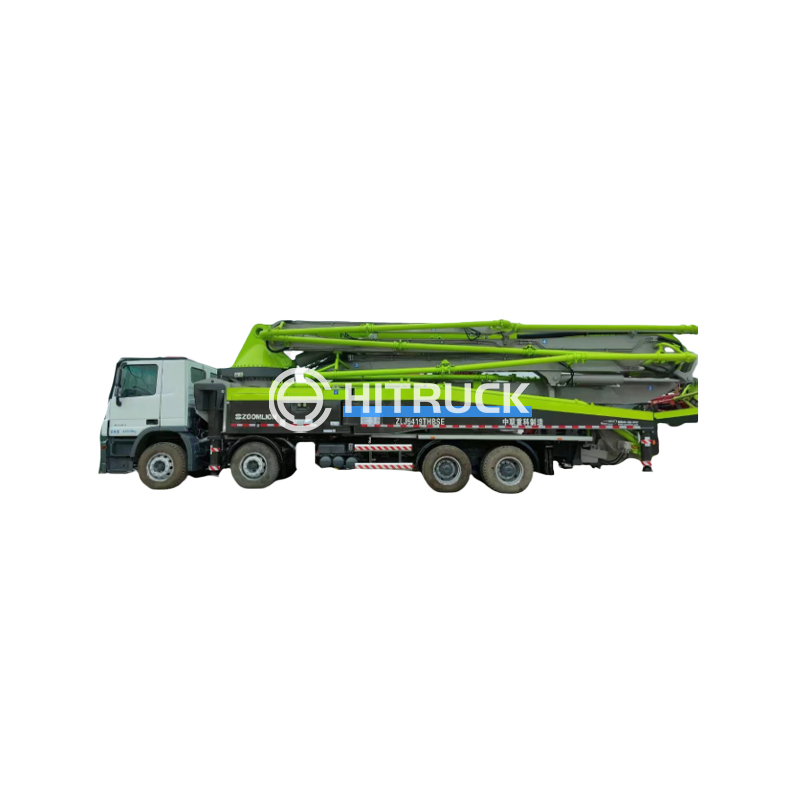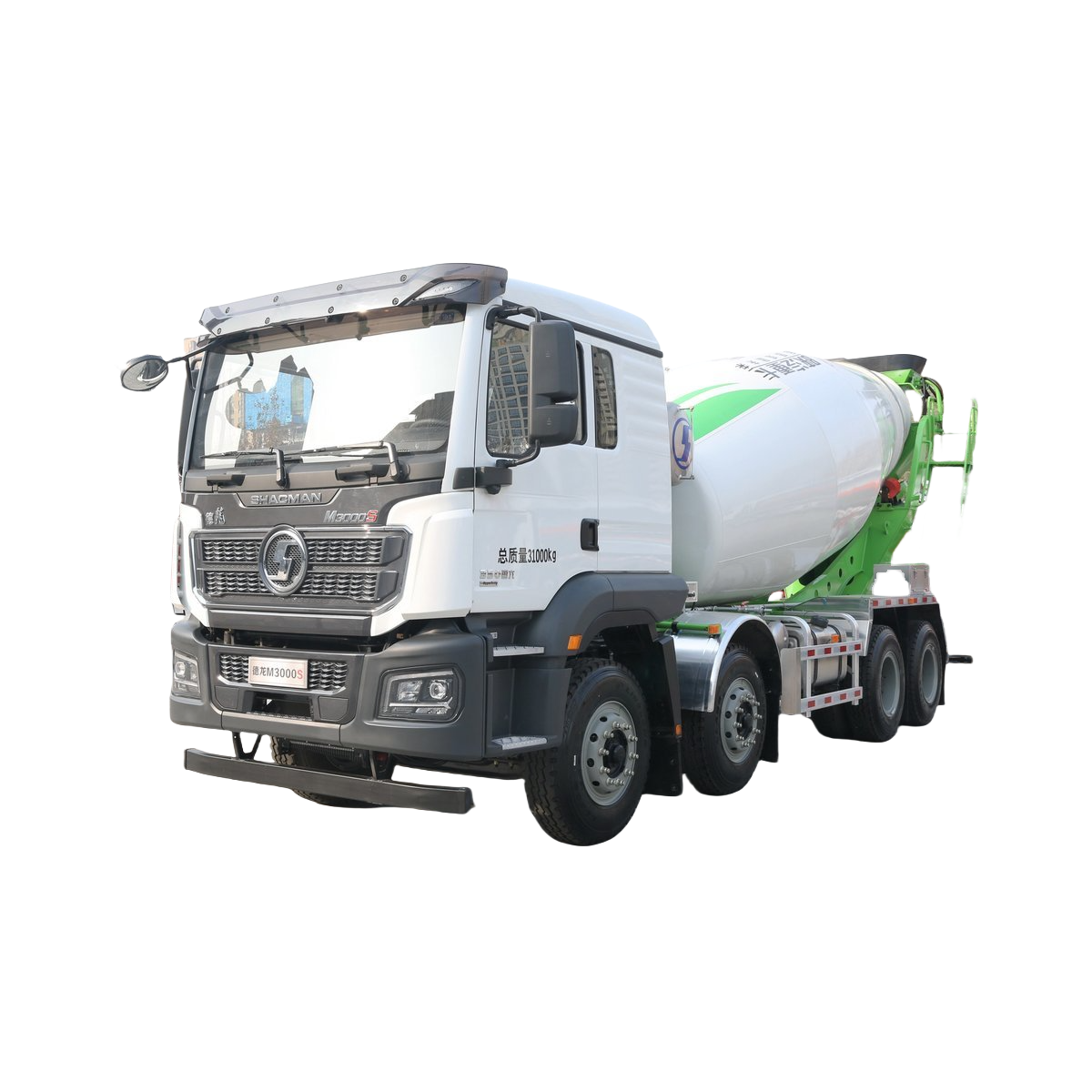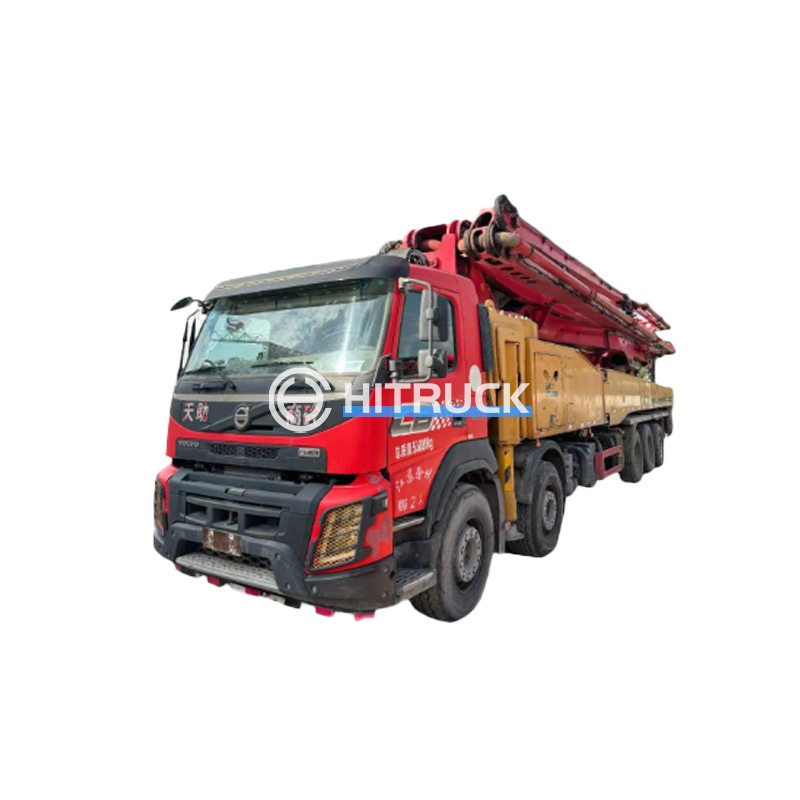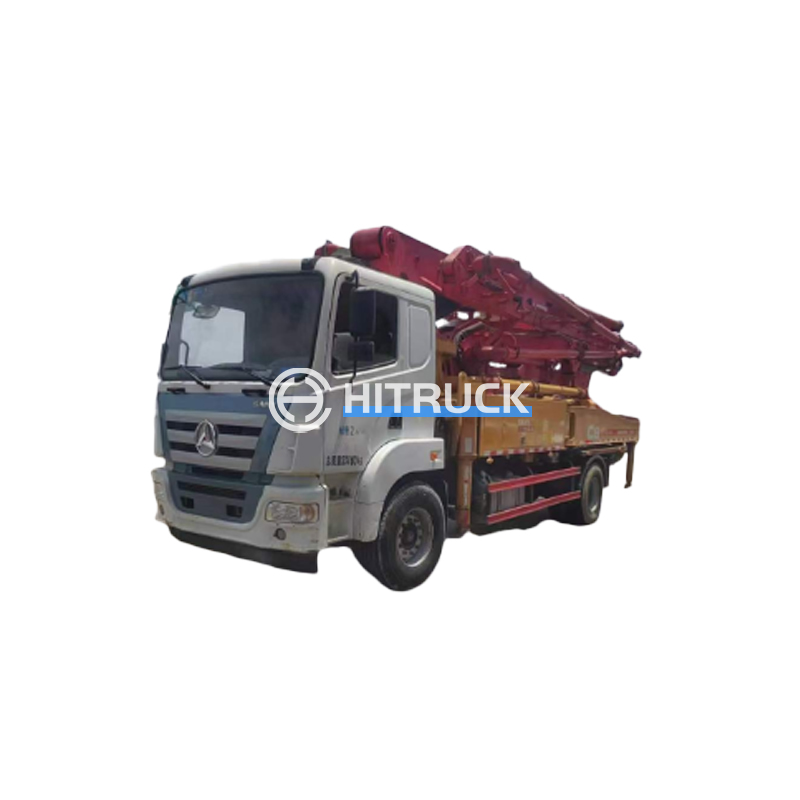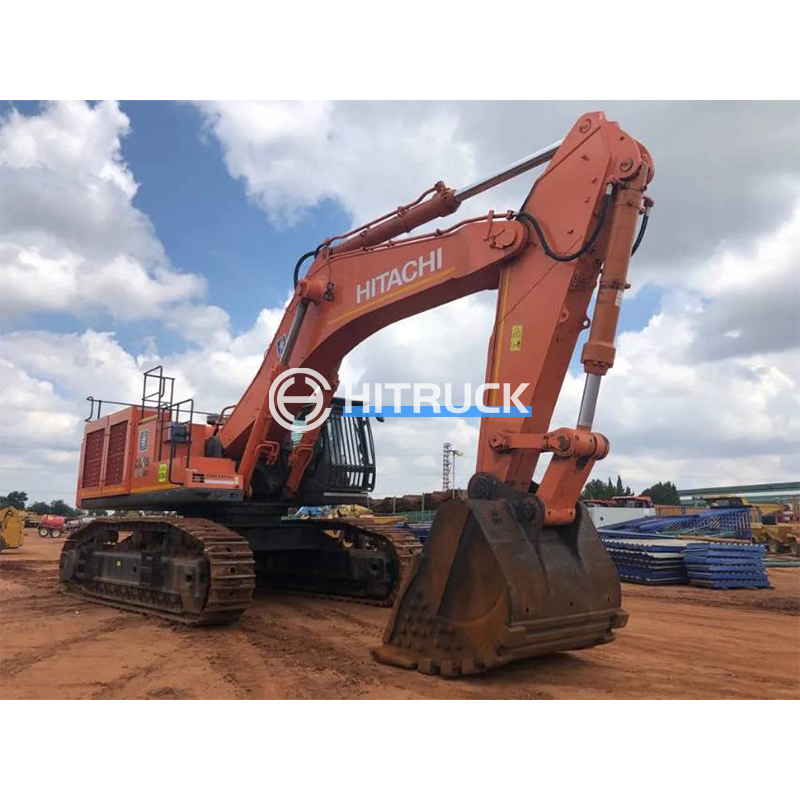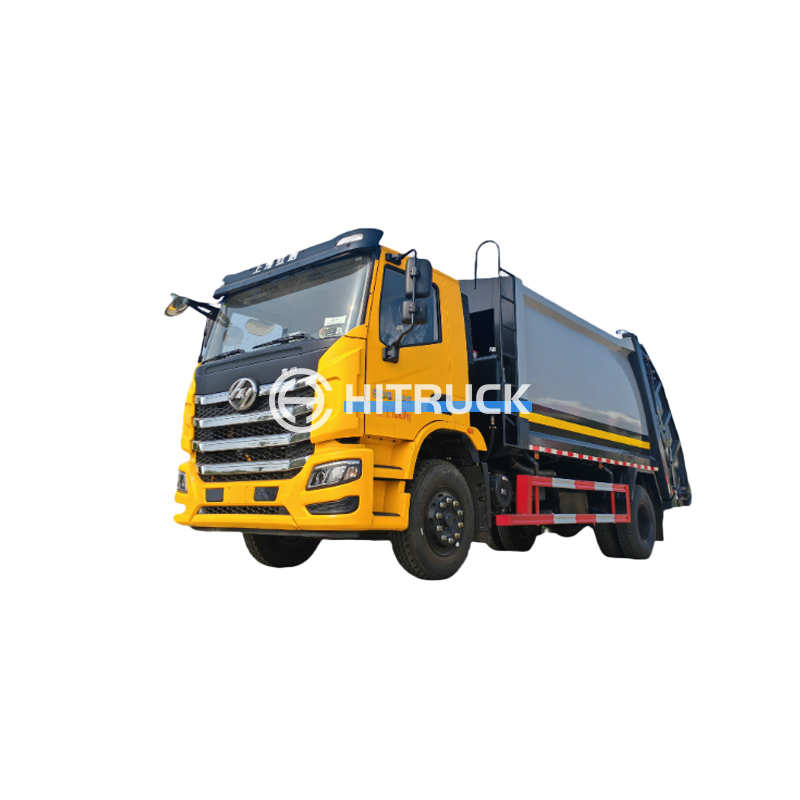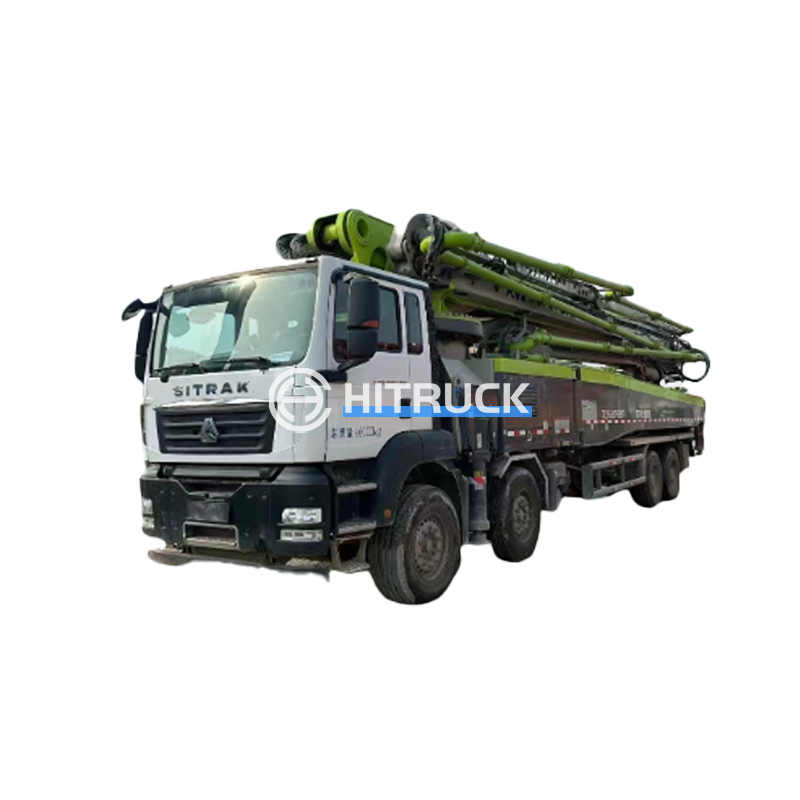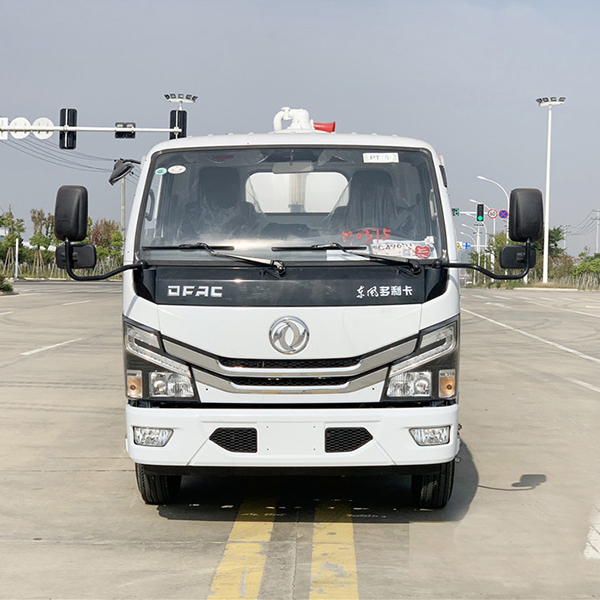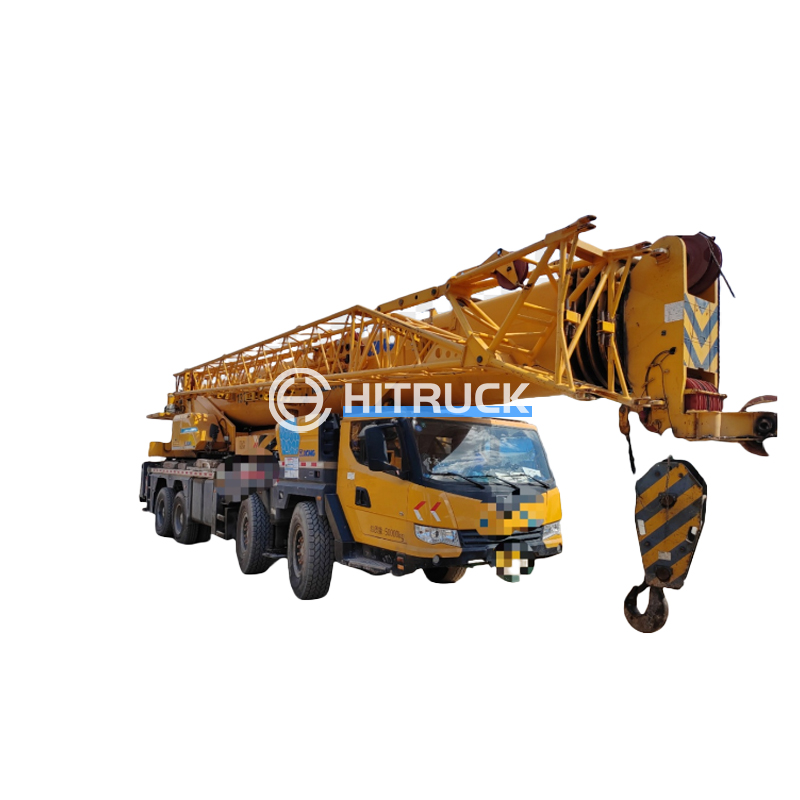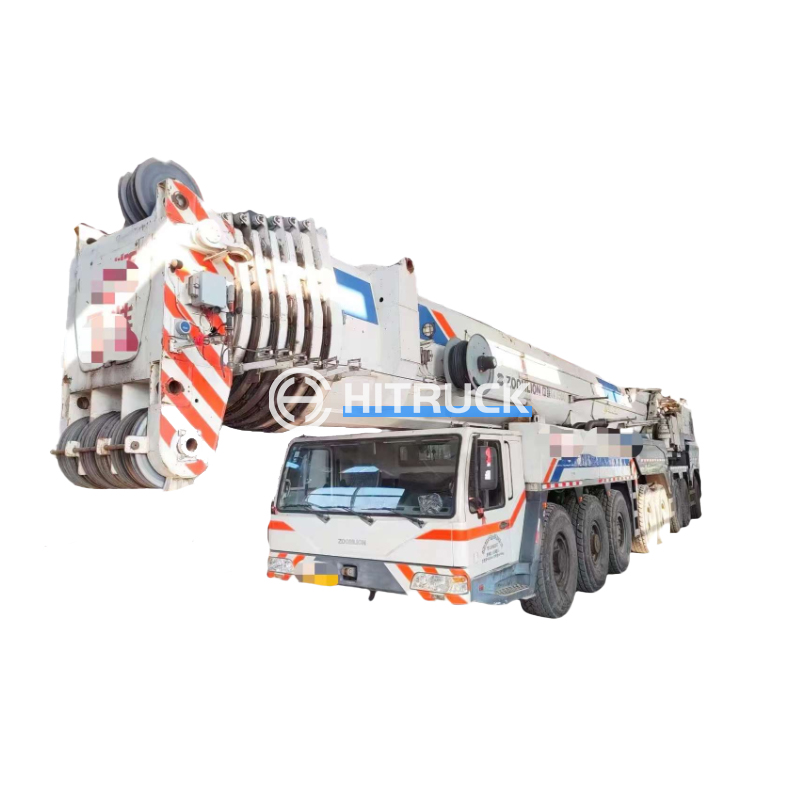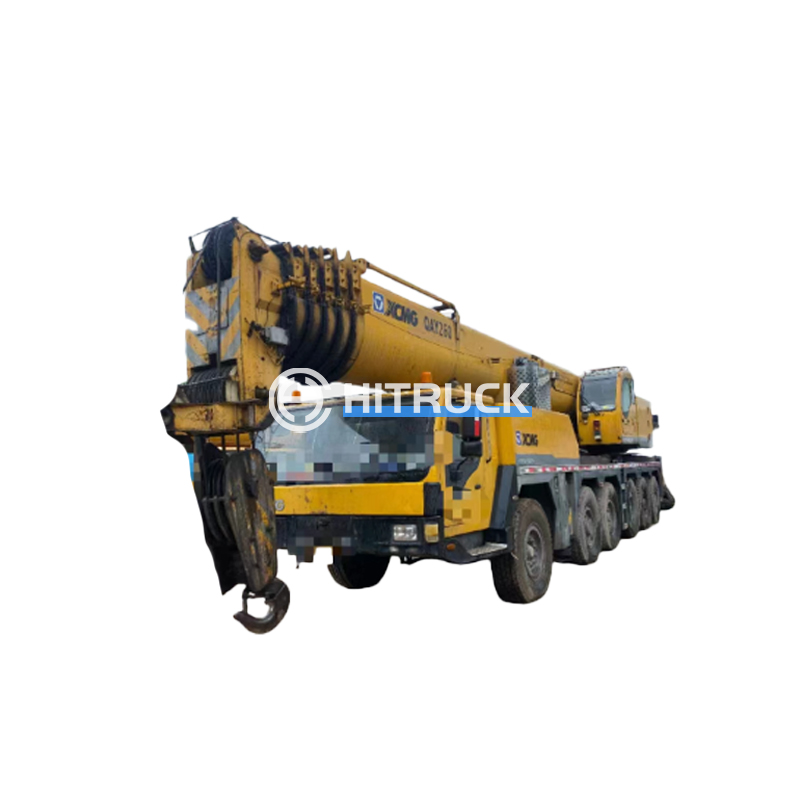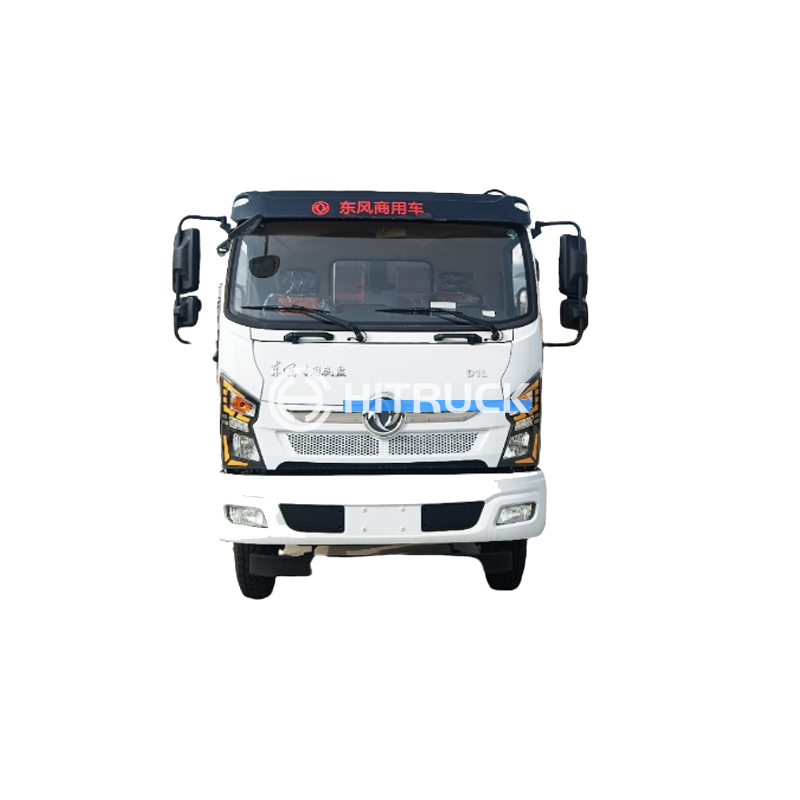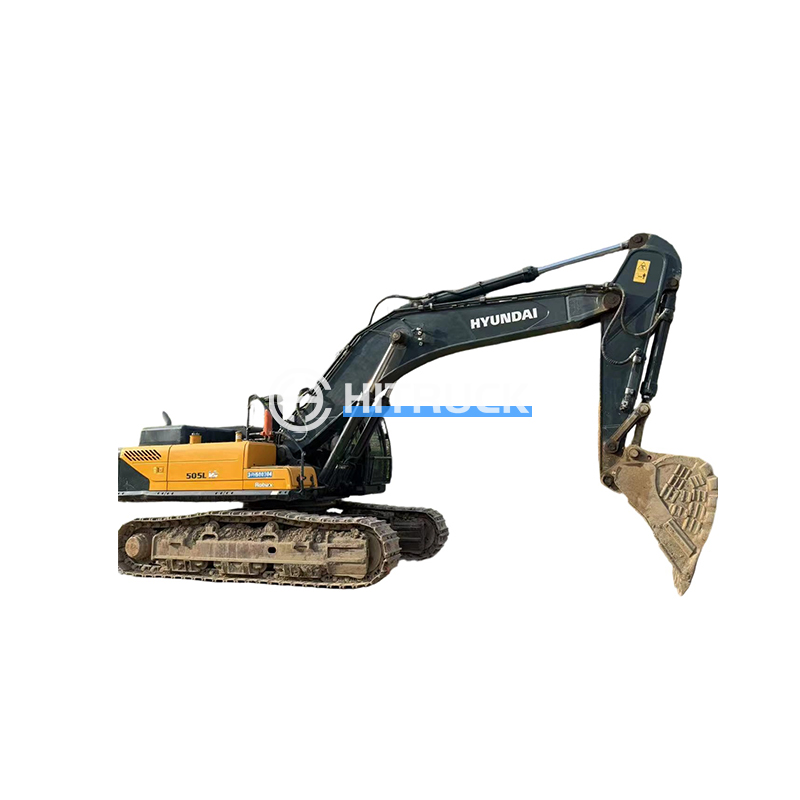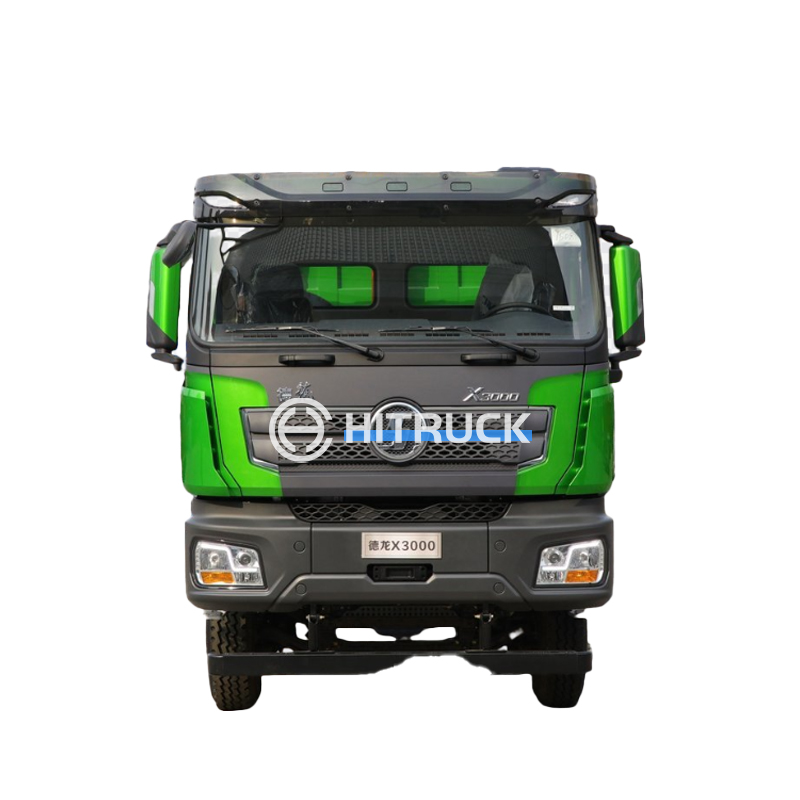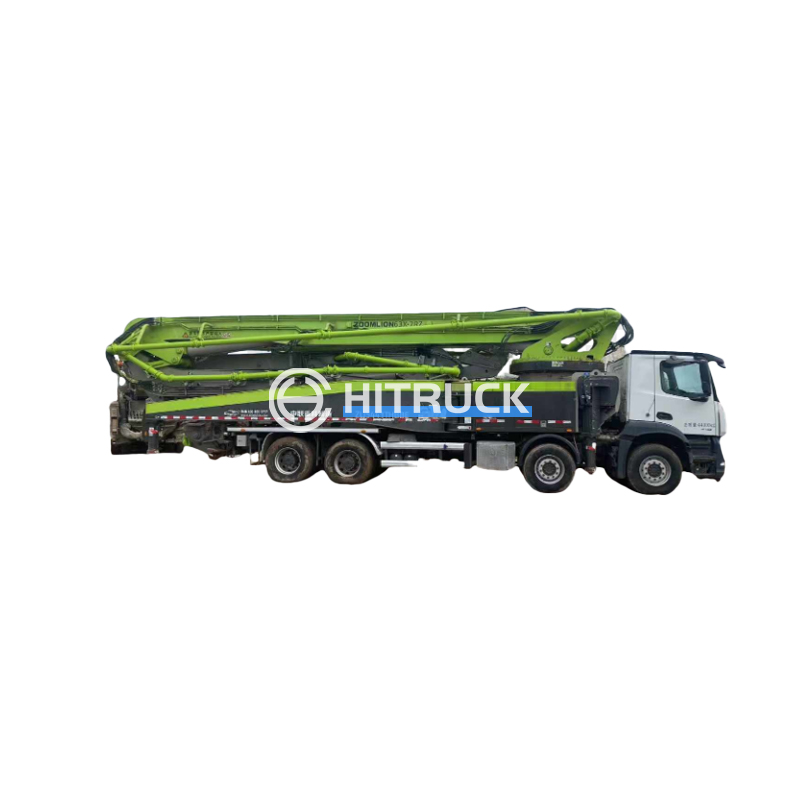The Power and Precision of Fire Truck Water Spraying
This article explores the fascinating mechanics and applications of fire truck spraying water, examining the technology behind the powerful streams, the different nozzle types and their effects, and the crucial role this plays in firefighting and other applications.
Understanding the Mechanics of Water Spraying
The Pump System: The Heart of the Operation
A fire truck's ability to effectively spray water relies heavily on its pump system. These pumps are incredibly powerful, capable of generating high pressure to propel water through hoses and nozzles over significant distances. The pressure generated is crucial for reaching the source of a fire and effectively controlling its spread. Different pump types exist, each with varying capacities and pressure outputs. Larger trucks often utilize centrifugal pumps known for their high-volume, high-pressure capabilities. The pump's efficiency directly impacts the effectiveness of the fire truck spraying water.
Nozzle Types and Their Effects
The nozzle is the crucial component that determines the spray pattern and water flow. Various nozzle types are available, each designed for specific applications. For instance:
- Fog nozzles produce a fine mist, ideal for suppressing flames and cooling down hot areas quickly. This minimizes water damage and improves visibility.
- Straight stream nozzles deliver a powerful, concentrated jet of water, useful for knocking down flames from a distance or penetrating dense smoke.
- Adjustable nozzles allow firefighters to modify the spray pattern, offering versatility depending on the situation. They can switch between a straight stream, a fog pattern, or various combinations depending on the demand of the fire.
The choice of nozzle directly influences the effectiveness of the fire truck spraying water operation. Understanding the characteristics of each type is critical for firefighters to choose the right tool for the job.
Water Pressure and Flow Rate
The effectiveness of fire truck spraying water is directly correlated with water pressure and flow rate. Higher pressure allows for longer reach and more penetration, while higher flow rate provides greater volume of water to fight larger fires. The optimal balance depends on the specific circumstances of the fire and the type of nozzle being used. Modern fire trucks often include sophisticated control systems that allow firefighters to precisely adjust both pressure and flow rate to maximize efficiency.
Beyond Firefighting: Other Applications of Water Spraying
Industrial Applications
The technology used in fire truck spraying water finds applications in various industrial settings. For example, high-pressure water jets are utilized for cleaning, de-scaling, and cutting materials. The power and precision of the technology are adaptable for various industry needs.
Agricultural Applications
Irrigation systems often employ similar principles to distribute water efficiently across large areas. While the scale is different, the understanding of water pressure and flow is crucial for both fire suppression and agricultural irrigation.
Factors Affecting the Efficiency of Water Spraying
Several factors influence the efficiency of fire truck spraying water, including:
| Factor | Effect on Efficiency |
| Water Pressure | Higher pressure leads to greater reach and penetration. |
| Nozzle Type | Different nozzles produce varying spray patterns, impacting effectiveness. |
| Water Flow Rate | Higher flow rate provides more water to fight the fire. |
| Wind Conditions | Strong winds can affect accuracy and reduce the effectiveness of water application. |
| Terrain | Uneven terrain can make it difficult to reach the fire. |
Choosing the right equipment and understanding these factors are vital for optimizing the efficiency and effectiveness of fire truck water spraying operations.
For more information on heavy-duty trucks and related equipment, visit Suizhou Haicang Automobile sales Co., LTD.


